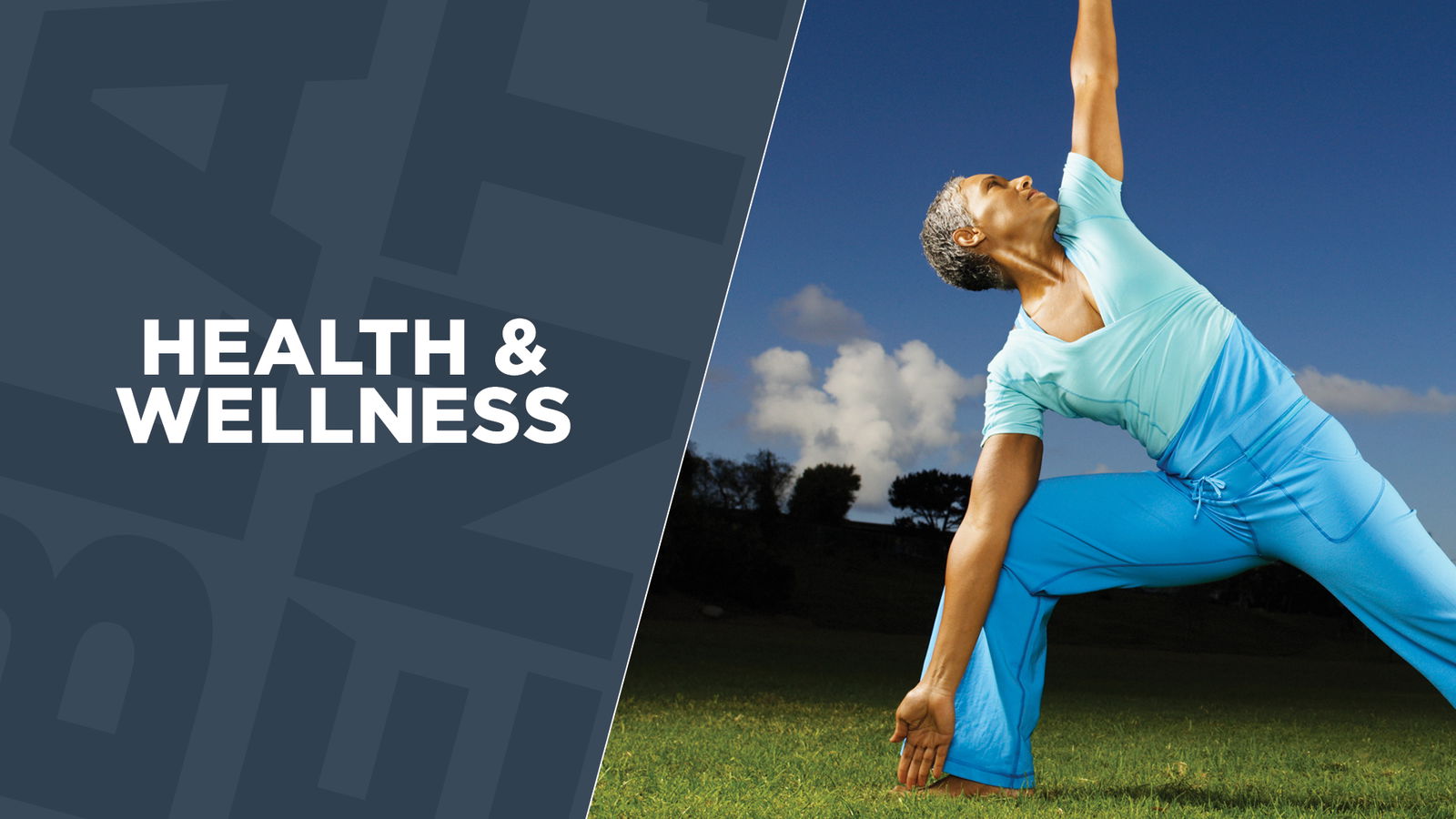
December 1, 2021
Studies Show Black and Hispanic Men Are Still Contracting HIV at The Same Rates as 10 Years Ago
On Tuesday, the Centers for Disease Control and Prevention released new data that shows Black and Hispanic men are still disproportionately affected by HIV than white men. The studies also show that the HIV rates among Black and Hispanic men are still the same as 10 years ago.
Despite the advances in science and technology over the years, new statistics show that the rate of new HIV infections in Black and Hispanic men hasn’t declined over the last decade, Stat News reports. The findings reflect a need for improved access to and use of HIV services for Black, Hispanic, and young men between 25–34.
Officials say breaking HIV-related stigma that contributes to unequal outcomes will be essential to ending the HIV epidemic in the United States. While new HIV infections among gay and bisexual men declined 8% over the last decade, the report found rates increased among gay men between 25–34. The biggest decline was among white gay and bisexual men.
Among Black and Hispanic/Latino gay and bisexual men, rates stayed the same. Overall results among gay men accounted for two-thirds of new HIV infections in the United States in 2019 despite the community only representing approximately 2% of the adult population.
“The first CDC report showing [this] disease was disproportionately affecting Black and Hispanic/Latino people was published in 1986,” CDC Director Rochelle Walensky said. “Today’s Vital Signs confirms that unfortunately, those disparities continue today.”
The data was released one day before World AIDS Day. The 2021 U.S. theme, dubbed “Ending the HIV Epidemic: Equitable Access, Everyone’s Voice.” Demetre Daskalakis, the CDC’s Division of HIV/AIDS Prevention director, said the research offered a “decades-in-the-making opportunity to end our nation’s HIV epidemic.”
“To end the HIV epidemic, we will need to address systemic factors that turn health differences into public health injustice. That starts with recognizing that HIV disparities are not inevitable,” Daskalakis said.
Working to achieve equity for gay and bisexual men of color requires tearing down barriers to testing, prevention, and treatment.”